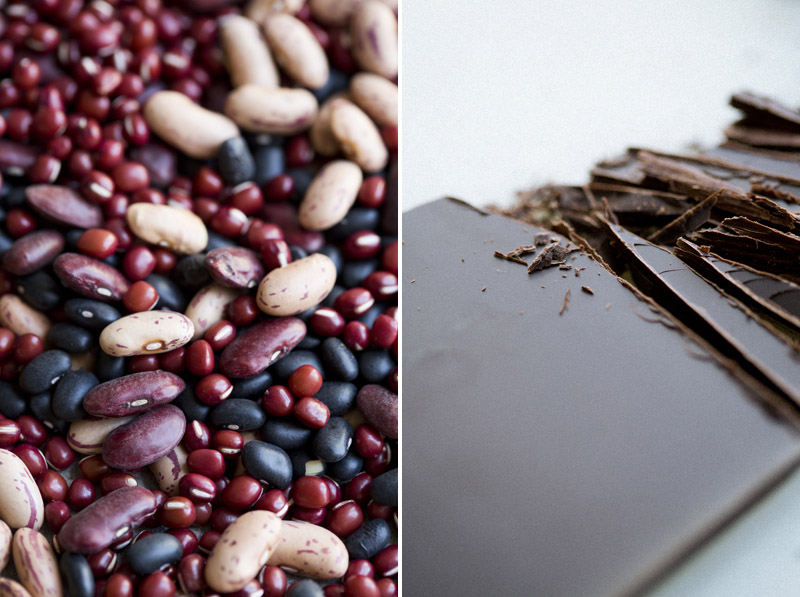I always chose rose falooda, he always had chai
‘I was too young to question why a man would have chai in the afternoon at an ice cream shop’
Growing up in Ahmedabad, it was an unwritten rule that summer vacations were to be spent with our maternal grandparents in Surat. Each year, once the final exams were done, my father would drop my mother, my sister and I at the railway station with large suitcases that were to see us through two months of unadulterated pampering.
Last-minute fights would break out at the A.H. Wheeler store over how many Tinkles and Archie’s Double Digests we could get for the four-hour train journey ahead. We almost always took the Karnavati Express or the Shatabdi Express, the ones where lunch would be served in plastic trays, including tetra packs of juice, which I would trade with my sister for her dessert.
Home in Surat was on the top floor of a cosy block of flats with a little balcony that overlooked the compound entrance, which is where grandfather could be seen fretting till our rickshaw pulled in. This was before mobile phones had taken over our lives. After the bag hauling, chai would be served for the grown-ups and my sister and I would catalogue the contents of the single-door fridge, divvying up the sweets and cheeses left behind by relatives visiting from abroad.
Throughout chai, grandfather would fret over the unpacking of suitcases, new slippers would magically appear from one of his numerous cupboards, and the woes of the daily help and cook would be unburdened into our fresh ears. After listening to his tales, we would help mother unpack and only after the empty suitcases were deposited on the top of more cupboards were we allowed time off.
From the cubbyhole where I usually store childhood memories, I pull out the one where he taught me to use his record player. But it wasn’t something done frequently. Overuse took its toll on machines.
There was a ritual to be followed: one had to fold away the three layers of clothing that protected it from dust, clean the pin before and after use, put the pin cap in its designated area, wipe the records before and after use, not play more than three records consecutively and always check the speed — 33 1/3 RPM for the big ones, 45 RPM for the small ones. While grandfather is no more, his instructions remain.
Gentle symmetry
Grandfather was a homebody, like an insecure despot, always worried his castle would be overrun in his absence. At any moment, it could be seized by rebel troops, and his fine order of things, the gentlest of symmetries and harmonies that he achieved through careful organisation, would be lost forever.
His usual haunts were the post office and the bank. Passbooks, cheque books and a ledger of investments were kept and meticulously updated every month. While the rest of us would be away dining at the many communal dinners, weddings and Navjote ceremonies, he would be at home happily humming as he prepared his to-do lists for the house.
Which is why it was so special when he broke routine and stepped out. He knew I had a sweet tooth, and twice a month on a random afternoon, we would both dress up and walk to Badri’s at Lalgate for a falooda.
They had only two variants — kesar and rose. I always chose rose. He always had the chai. I was too young to question why a man would have chai in the afternoon at an ice cream shop.
While I slurped up the sev at the bottom, crunched through the basil seeds, and pulled hard at the thick, sweetened milk, grandfather told me about his adventures. His job as a postman had been to sort the post and he would frequently travel in overnight mail trains.
Finishing up the falooda, I always froze my gums and grandfather always had a good laugh at this. We would walk back home and for those few hours, it seemed that even if the house burnt down, he wouldn’t care. I don’t order falooda too often now, scared of ruining this precious memory, and when I do, it never tastes as sweet as the ones I had at Badri.
Rose falooda
INGREDIENTS
2 tbsp rose syrup or Rooh Afza
2 tbsp sabja seeds (sweet basil seeds)
A handful vermicelli
1½ cups milk
2 scoops rose-flavoured ice cream
Dry fruits and nuts
Method
1. Soak the basil seeds in water for at least 30 minutes and then drain.
2. To thicken the milk, heat milk and sugar in a pan. Let it come to a boil on medium heat. Lower the heat and let it simmer for 5-7 minutes. Chill it in the refrigerator.
3. Add basil seeds to serving glass.
4. Add the vermicelli.
5. Add rose syrup.
6. Add chilled milk.
7. Add ice cream scoops.
8. Garnish with dry fruits and nuts.
The writer is a freelance author and illustrator.



